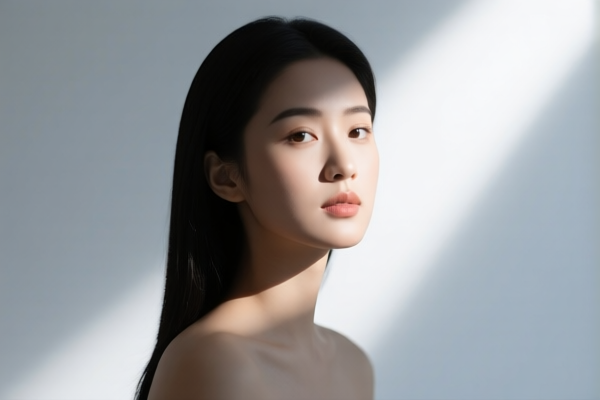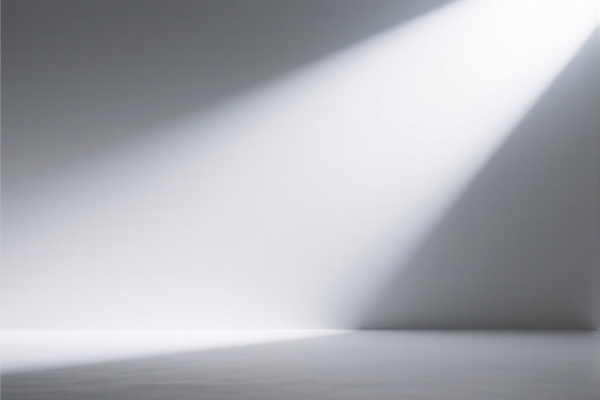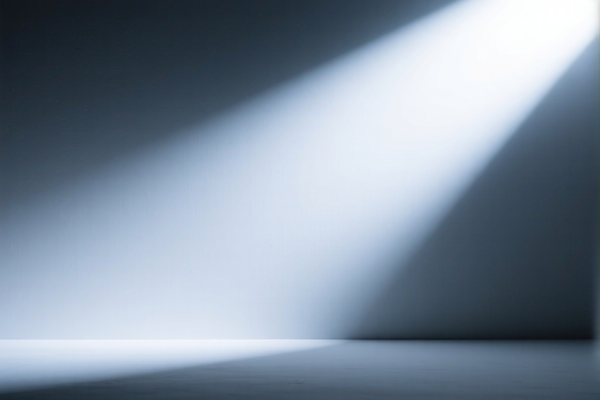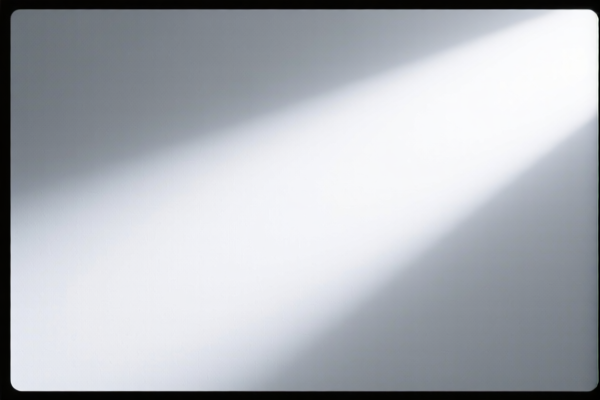| HS Code | Official Doc | Tariff Rate | Origin | Destination | Effective Date |
|---|---|---|---|---|---|
| 8310000000 | Doc | 55.0% | CN | US | 2025-05-12 |
| 9405416000 | Doc | 61.0% | CN | US | 2025-05-12 |
| 8512202080 | Doc | 55.0% | CN | US | 2025-05-12 |
| 8512202040 | Doc | 55.0% | CN | US | 2025-05-12 |
| 8539510000 | Doc | 55.0% | CN | US | 2025-05-12 |
| 8539520091 | Doc | 32.0% | CN | US | 2025-05-12 |
| 8513104000 | Doc | 33.5% | CN | US | 2025-05-12 |
| 8513102000 | Doc | 42.5% | CN | US | 2025-05-12 |
| 8531809005 | Doc | 37.5% | CN | US | 2025-05-12 |
| 8531809005 | Doc | 37.5% | CN | US | 2025-05-12 |




Atmosphere Lights
Atmosphere lights, also known as ambient lighting, mood lighting, or accent lighting, are a category of fixtures designed to create a specific aesthetic effect and enhance the ambiance of a space, rather than providing primary illumination. They focus on color, intensity, and placement to evoke emotions, highlight features, or set a particular mood.
Material
Atmosphere lights are constructed from a diverse range of materials, influencing both their aesthetic and functionality:
- LEDs (Light Emitting Diodes): The most common light source due to energy efficiency, long lifespan, and wide color spectrum capabilities. Often paired with plastics or aluminum for heat dissipation and shaping.
- Glass: Used for diffusers, shades, and decorative elements, offering varying degrees of opacity and color tint.
- Acrylic/Polycarbonate: Lightweight and durable plastics frequently used for shaping complex designs and diffusing light.
- Metal (Aluminum, Steel): Provides structural support, heat sinking, and a modern aesthetic.
- Fabric: Used in some designs to soften light output and create a warm glow.
- Silicone: Flexible and durable, often used in strip lights and rope lights.
Purpose
The primary purpose of atmosphere lights is to:
- Enhance Mood: Create relaxing, energetic, romantic, or focused environments.
- Highlight Architectural Features: Draw attention to specific elements like artwork, ceilings, or wall textures.
- Improve Aesthetics: Add visual interest and complement the overall interior design.
- Create Thematic Environments: Set a specific tone for events, gaming setups, or entertainment spaces.
- Provide Subtle Illumination: Offer a low-level light source without harsh glare.
Function
Atmosphere lights function through several key mechanisms:
- Color Changing: Many utilize RGB (Red, Green, Blue) LEDs to produce a wide range of colors and dynamic effects.
- Dimming: Adjustable brightness levels allow for customization of light intensity.
- Dynamic Effects: Some models offer pre-programmed or customizable patterns, pulsing, fading, or color cycling.
- Smart Control: Integration with smart home systems enables remote control, voice activation, and scheduling.
- Synchronization: Capability to synchronize with music, games, or other audio-visual sources.
Usage Scenarios
- Bedrooms: Creating a relaxing and calming atmosphere for sleep or relaxation.
- Living Rooms: Enhancing the ambiance for entertainment, social gatherings, or movie nights.
- Gaming Rooms: Immersive lighting effects synchronized with gameplay.
- Home Theaters: Accent lighting to reduce eye strain and create a cinematic experience.
- Kitchens: Under-cabinet lighting for task illumination and mood lighting.
- Retail Spaces: Highlighting products and creating a visually appealing environment.
- Automotive: Interior accent lighting for a customized aesthetic.
- Events & Parties: Dynamic lighting effects to create a festive atmosphere.
Common Types
- LED Strip Lights: Flexible and versatile, commonly used under cabinets, along ceilings, or behind furniture.
- LED Light Bars: Longer, more powerful strips often used for accent lighting or gaming setups.
- LED Panels: Flat, rectangular lights providing a diffused glow, often used for wall or ceiling illumination.
- LED Rope Lights: Flexible and weather-resistant, suitable for indoor and outdoor applications.
- Smart Bulbs: Replace traditional bulbs and offer color changing, dimming, and smart control features.
- Projector Lights: Cast dynamic patterns and colors onto walls or ceilings.
- Neon Flex: Silicone-based flexible neon lights offering a modern aesthetic.
- Lava Lamps: Classic ambient lighting using convection currents to create a mesmerizing visual effect.
- Salt Lamps: Natural lamps made from Himalayan salt crystals, providing a warm glow and air ionization.
Atmosphere lights broadly refer to lighting fixtures designed to create a specific ambiance or mood. Based on the provided information, several HS codes may be relevant depending on the specific characteristics of the lights.
Here are the potentially applicable HS codes:
-
8310000000: Sign plates, name plates, address plates and similar plates, numbers, letters and other symbols, and parts thereof, of base metal, excluding those of heading 9405. This code applies if the atmosphere lights are constructed of base metal and function as decorative signs or displays. The base tariff is 0.0%, with an additional 25.0% surcharge, increasing to 30.0% after April 2, 2025, resulting in a total tariff of 55.0%.
-
9405416000: Luminaires and lighting fittings including searchlights and spotlights and parts thereof, not elsewhere specified or included; illuminated signs, illuminated nameplates and the like, having a permanently fixed light source, and parts thereof not elsewhere specified or included: Other electric luminaires and lighting fittings: Photovoltaic, designed for use solely with light-emitting diode (LED) light sources: Of base metal: Other. This code is applicable if the lights are electric luminaires, particularly those using LED light sources and constructed of base metal. The tariff structure is 6.0% base tariff, 25.0% surcharge (increasing to 30.0% after April 2, 2025), for a total of 61.0%.
-
8512202080: Electrical lighting or signaling equipment (excluding articles of heading 8539), windshield wipers, defrosters and demisters, of a kind used for cycles or motor vehicles; parts thereof: Other lighting or visual signaling equipment: Lighting equipment Other. This code applies to electrical lighting equipment not specifically covered elsewhere, excluding those under heading 8539. The tariff is 0.0% base tariff, with a 25.0% surcharge (increasing to 30.0% after April 2, 2025), totaling 55.0%.
-
8512202040: Electrical lighting or signaling equipment (excluding articles of heading 8539), windshield wipers, defrosters and demisters, of a kind used for cycles or motor vehicles; parts thereof: Other lighting or visual signaling equipment: Lighting equipment For vehicles of subheading 8701.21, 8701.22, 8701.23, 8701.24 or 8701.29 or heading 8702, 8703, 8704, 8705 or 8711. This code is relevant if the atmosphere lights are designed for use in vehicles falling under the specified subheadings or headings. The tariff structure is 0.0% base tariff, 25.0% surcharge (increasing to 30.0% after April 2, 2025), resulting in a total tariff of 55.0%.
-
8539510000: Electrical filament or discharge lamps, including sealed beam lamp units and ultraviolet or infrared lamps; arc lamps; light-emitting diode (LED) light sources; parts thereof: Light-emitting diode (LED) light sources: Light-emitting diode (LED) modules. If the atmosphere lights consist of LED modules, this code applies. The tariff is 0.0% base tariff, with a 25.0% surcharge (increasing to 30.0% after April 2, 2025), totaling 55.0%.
-
8539520091: Electrical filament or discharge lamps, including sealed beam lamp units and ultraviolet or infrared lamps; arc lamps; light-emitting diode (LED) light sources; parts thereof: Light-emitting diode (LED) light sources: Light-emitting diode (LED) lamps Other. This code is applicable to LED lamps, excluding those specifically categorized elsewhere. The tariff is 2.0% base tariff, with no surcharge, increasing to 30.0% after April 2, 2025, resulting in a total tariff of 32.0%.
It is important to note that the correct HS code will depend on the specific materials, construction, and intended use of the atmosphere lights.
Customer Reviews
No reviews yet.